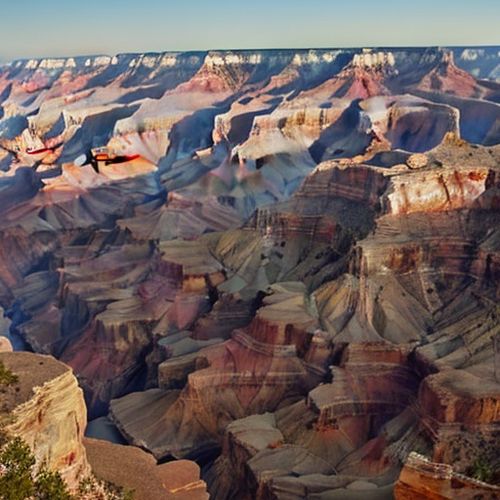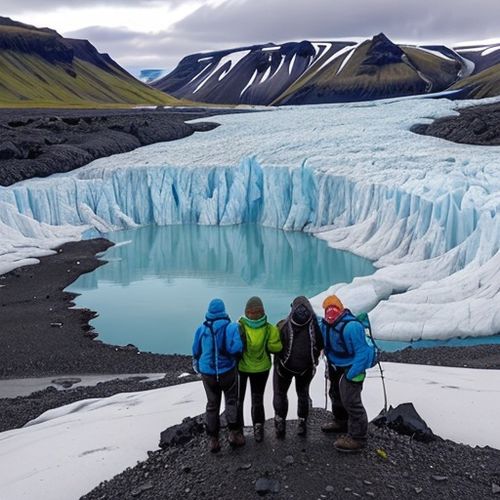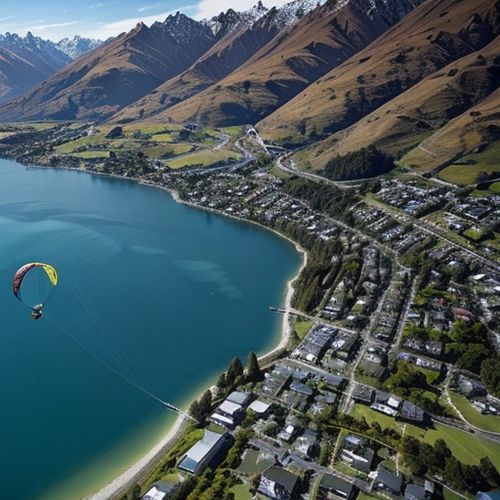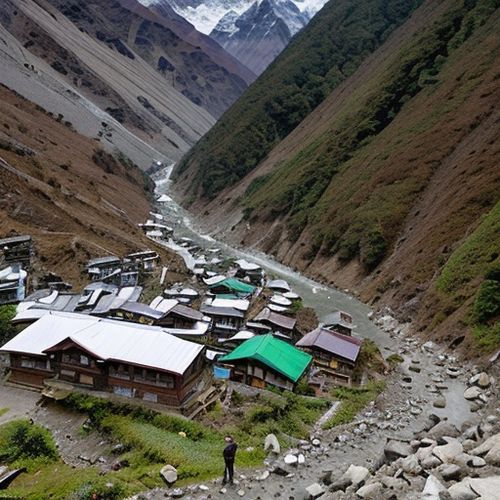The Canadian Rockies offer some of the most breathtaking landscapes for family camping adventures. Towering peaks, crystal-clear lakes, and dense forests create an unforgettable backdrop for creating memories with loved ones. However, the very wilderness that makes this region so magical also demands respect and preparation. Families venturing into these wild spaces must balance their enthusiasm with a sober understanding of potential hazards and safety considerations.
Weather in the mountain parks behaves unpredictably, with conditions changing rapidly even during summer months. Afternoon thunderstorms can develop with little warning, bringing sudden drops in temperature, heavy rain, and even hail. Mornings that begin with sunshine may give way to chilly winds by midday. Packing layers becomes essential - fleece jackets, waterproof shells, and moisture-wicking base layers allow families to adapt as conditions shift. Children especially need attention to their changing comfort levels, as they may not recognize the early signs of hypothermia when playing in mountain streams or during unexpected rain showers.
Wildlife encounters rank among the most thrilling yet potentially dangerous aspects of Rockies camping. Black bears and grizzlies roam throughout the region, while elk, moose, and bighorn sheep frequent campgrounds. These animals appear majestic but can become aggressive when surprised or protective of their young. Families should maintain constant awareness of their surroundings, making noise while hiking to avoid startling wildlife. All food, toiletries, and scented items require secure storage in bear-proof containers or campground-provided lockers, never in tents. Even something as innocent as a child's candy wrapper left unattended can draw unwanted visitors to a campsite after dark.
Water safety presents another critical consideration, as the region's stunning turquoise lakes and rushing rivers often conceal dangerous conditions. Glacier-fed waters remain shockingly cold year-round, capable of causing muscle cramps or hypothermia within minutes. Fast currents in rivers can sweep away even strong swimmers, while deceptively calm lake surfaces may hide sudden drop-offs. Children should wear life jackets whenever near water, and families must establish clear boundaries about where and when water play is permitted. Even experienced swimmers should avoid venturing far from shore in these unpredictable mountain waters.
Altitude affects campers in subtle ways that families often overlook. Many popular campgrounds sit at elevations between 4,000 and 7,000 feet, where the thinner air can lead to headaches, fatigue, and dehydration, especially in children. Climbing to higher elevations for day hikes may trigger more severe symptoms of altitude sickness. Drinking plenty of water, pacing activities, and allowing time to acclimate become crucial for preventing problems. Parents should watch for signs of altitude-related distress in children, including unusual irritability, loss of appetite, or difficulty sleeping - symptoms easily mistaken for ordinary tiredness after an active day.
Navigation challenges surprise many families accustomed to urban environments. Well-marked trails can suddenly become indistinct, particularly above treeline or in areas with lingering snow patches. Children may wander off to explore interesting rocks or flowers, becoming disoriented in dense forest areas. Carrying detailed topographic maps and compasses - and knowing how to use them - provides essential backup when technology fails. GPS devices and smartphones offer helpful tools, but their batteries drain quickly, and service becomes unreliable in remote valleys. Brightly colored clothing helps family members spot each other at distances, while whistles provide an effective way to signal if separated.
Fire safety requires particular vigilance in the dry summer months when forest fire danger peaks. Campfires must remain small and completely extinguished with water until cool to the touch before abandoning. Many areas implement fire bans during extreme conditions, requiring families to adapt their meal plans to camp stoves. Even permitted fires demand constant supervision around children, as sparks can ignite clothing or nearby brush unexpectedly. Checking daily fire danger ratings and respecting all restrictions helps protect both your family and the fragile mountain ecosystems.
Nighttime brings its own set of considerations in the wilderness. Temperatures often drop dramatically after sunset, requiring proper sleeping bags rated for the expected lows. Headlamps with red-light settings help preserve night vision while moving around camp after dark. Establishing clear bathroom protocols prevents disorientation or wildlife encounters during nighttime needs. Familiarizing children with night sounds - from rustling rodents to distant coyote calls - helps prevent unnecessary panic when unfamiliar noises inevitably occur.
Preparation remains the cornerstone of safe family camping in the Canadian Rockies. This includes not only packing appropriate gear but also cultivating the right mindset. Children thrive when parents project calm confidence while maintaining reasonable caution. Discussing potential scenarios and safety plans as a family empowers everyone to participate in creating a secure environment. Rangers at park visitor centers provide invaluable local knowledge about current conditions and hidden hazards. By combining thorough preparation with respectful awareness of the mountain environment, families can focus on the wonder rather than the worries of their Rocky Mountain adventure.

By Eric Ward/Apr 11, 2025

By Laura Wilson/Apr 11, 2025

By Jessica Lee/Apr 11, 2025

By Christopher Harris/Apr 11, 2025

By Michael Brown/Apr 11, 2025

By Victoria Gonzalez/Apr 11, 2025

By Daniel Scott/Apr 11, 2025

By Natalie Campbell/Apr 11, 2025

By Daniel Scott/Apr 11, 2025

By Joshua Howard/Apr 11, 2025

By Christopher Harris/Apr 11, 2025

By Amanda Phillips/Apr 11, 2025

By Rebecca Stewart/Apr 11, 2025

By Amanda Phillips/Apr 11, 2025

By Megan Clark/Apr 11, 2025

By Olivia Reed/Apr 11, 2025

By Jessica Lee/Apr 11, 2025

By Grace Cox/Apr 11, 2025

By Rebecca Stewart/Apr 11, 2025

By Olivia Reed/Apr 11, 2025